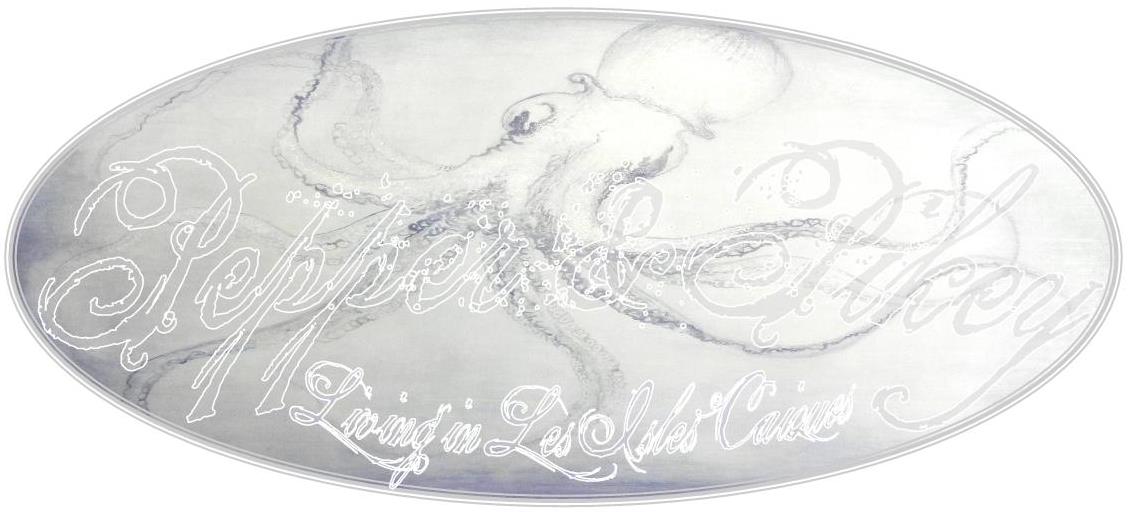 Images by Sarah Worden of Charlotte Fine Jewelry of Memphis and http://www.moshiri.us/
Images by Sarah Worden of Charlotte Fine Jewelry of Memphis and http://www.moshiri.us/To wrap up our wedding, there is one tiny detail I would very much like to highlight. I have been a huge fan of this innovative jewelry for well over a decade. It is a perfect combination of genius engineering and limitless creativity, bound in precious metals and gems by it's designer, Wolf-Peter Schwarz, and his creative team. I was first introduced to the German made collections by chance in Kansas City, where the first US gallery had just opened. I was so taken by the concept I applied for a job and was fortunate to have spent my last two years of study at the Kansas City Art Institute working for such an incredible company.
In essence, it's all interchangeable, so the images you are seeing above are all the same ring, simply combined with different pieces. Your center stone, or head piece, could be a diamond, a saphire, a topaz, a garnet, a pearl, an aquamarine, a peridot, a whatever you choose depending on your occasion, your mood, or your attire. From there you can then combine that center piece with hundreds of different accent pieces; from industrial steels, to delicate ornate golds, to modern technicolor acrylics, to vintage-esque hand painted enamels . . . And it doesn't stop there. Once your eyes are shiny and satisfied with your self styled design, you may then take that combination and wear it on a ring, a necklace pendant, a brooch, a bracelet, an earring . . .
It's hard to believe but see for yourself Charlotte & Tipit. What is even more unbelievable to me is that this company is still one of the best kept secrets in North America. If your in Europe you have a wide variety of galleries to visit in Germany, Austria, and Switzerland, but if your located in the US, Canada, or the Caribbean you will need to get yourself to Sante Fe or Memphis. Sarah Worden of Charlotte Fine Jewelry of Memphis, was an angel in assisting me with my engagement and wedding pieces (I already have 6 varieties of gold, silver, and stainless steel rings to wear them with). It took a dozen e-mailed correspondences with images of various combinations before I could make up my mind. I ended up choosing the peridot oval for my engagement piece as I have always gravitated towards that lush, mossy green and the stone historically symbolizes love, truth, faithfulness, and loyalty. I have never been a diamond girl so knew I would steer clear of that tradition for my wedding ring. The chosen pieces were a white pearl, good luck for a happy and successful marriage, and a square of white saphires, symbols of sincerity and constancy.






































